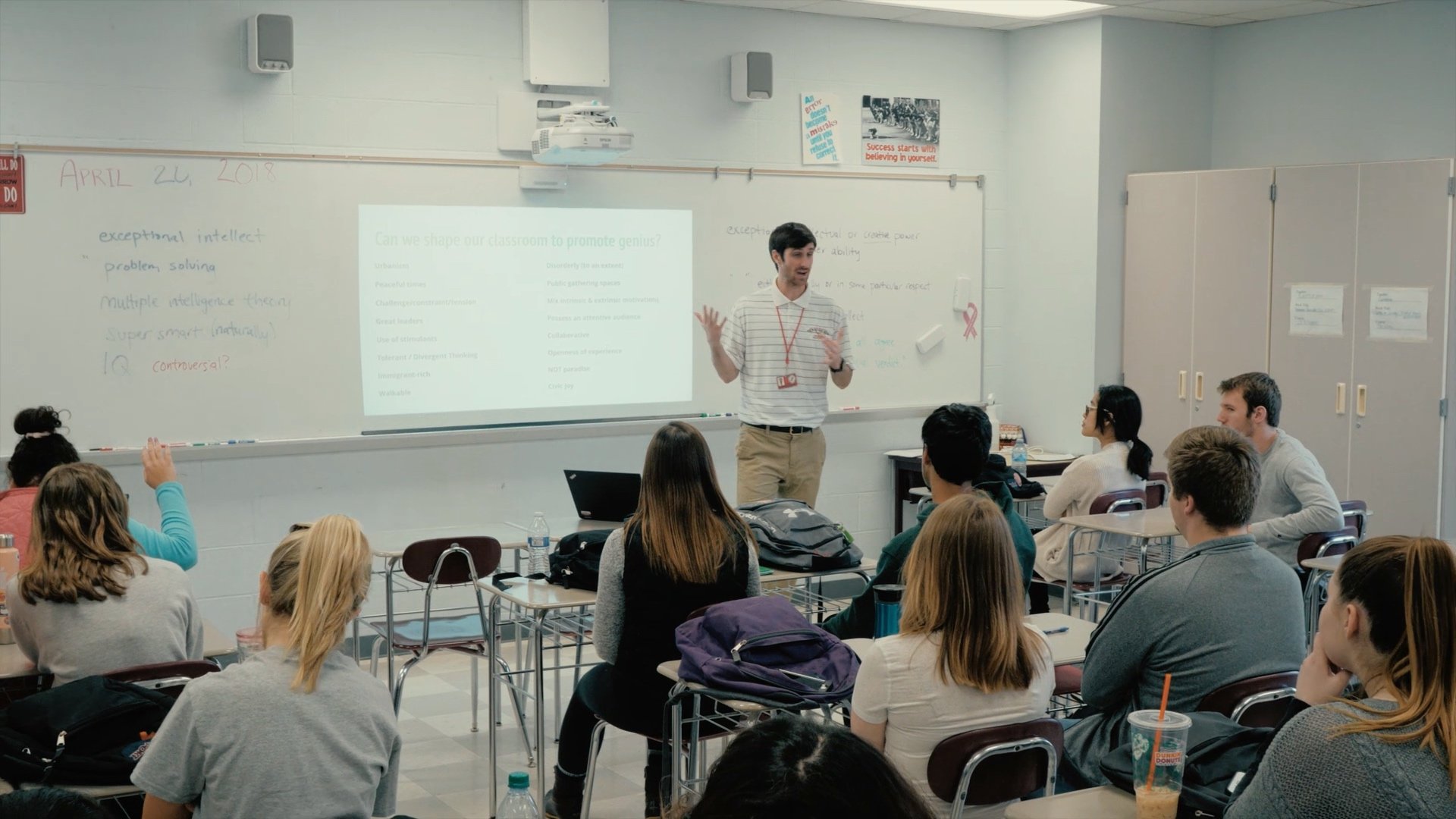Planning to up the ante when it comes to teaching? Here are the essential teaching tips that you should consider for your classroom next semester
The essential teaching tips you need to bring to your classroom next semester

According to Nobel Laureate Carl Wieman, undergraduate programs are failing because they focus too much on lectures and fail to measure the quality of teaching. His solution to this problem is to incorporate active learning methods to improve education slowly.
In one of his case studies, he let students attend lectures and then gave them a pop quiz right at the start of the next class. The performance was abysmal. A few weeks later, the results were deteriorating further, which indicated that the students were only retaining a minimal amount of what was taught during the lectures.
The solution to this problem meant a radical change to the traditional methods of teaching, but something that was very much possible. Here is a glimpse into some of the essentials that you need to consider for your classroom next semester.
Active learning methods to replace long lectures
Active learning is a new teaching approach that progresses with a student-centric mindset. In this approach, the teacher wants the students to take back something and probe into it. One of the most effective active learning methods is to divide a problem into subproblems and assign it to several small groups within a class. Occasionally, the teacher should group them back together and also guide them in the right direction.
Another active learning method is One Minute Paper or The Muddiest Point Paper in which the students are given the opportunity to write down the most important points from the day’s session or the least clear point (muddy). The responses can be later addressed in the next class or through online groups.
A popular active learning method is brainstorming where students are encouraged to generate ideas on a certain topic or a particular category. The ideas they pitch are written on a blackboard and all of the ideas, however improbable they may seem, must be noted.

Active learning is not just about handing over responsibilities to the student, it involves a great deal of effort from the teacher’s side as well. The teacher must not only know the content but should also know how to create interactive experiments and challenging scenarios.
Laptops are not the biggest source of distraction in a class, it is boredom and irrelevance. Students tend to stay attentive to topics that grab their attention and has an impact beyond the classroom itself. Teachers should look into changing the way they construct their lectures and incorporate new teaching methodologies to enhance student throughput.
Building a dynamic study environment through tech
The smartphone penetration in Europe was 84% of the total population at the beginning of 2017 and over 23% of the total population is under the age of 24. This opens up a huge potential for bringing flexible and innovative learning methods through technology to a large population of students.
Most of the existing classrooms have a specific set of hardware that the students and teachers are expected to comply with. This creates a lot of cable clutter, confusion, and difficulty for maintenance. But incorporating a device like Airtame into the classroom removes the necessity for cables when it comes to presentations and seminars and eases the maintenance overhead on the IT admins.
It also opens up the entire classrooms to learn collaboratively by allowing every student and teacher to mirror the contents from their device to the monitor independently.
Students nowadays don’t just want to learn about something, but they want to feel the context. This is where some of the most popular gadgets and technologies come into play. Virtual reality headsets can prove to be a boon for teachers as it allows students to virtually experience what is being taught.
Whether it is learning about the solar system, different parts of a car or historical monuments these headsets can elevate the learning experience to a whole new level.
Hands-on learning is crucial
Knowing concepts but failing to understand where to use them renders the knowledge useless. This is a very relevant statement in today’s world wherein students are only taught the high-level outline of concepts but are not encouraged to move deeper into the subject.
Hands-on learning through Arduino kits, 3D printers and more are proven to be better for the students in terms of retention capacity, problem-solving capability and better engagement.